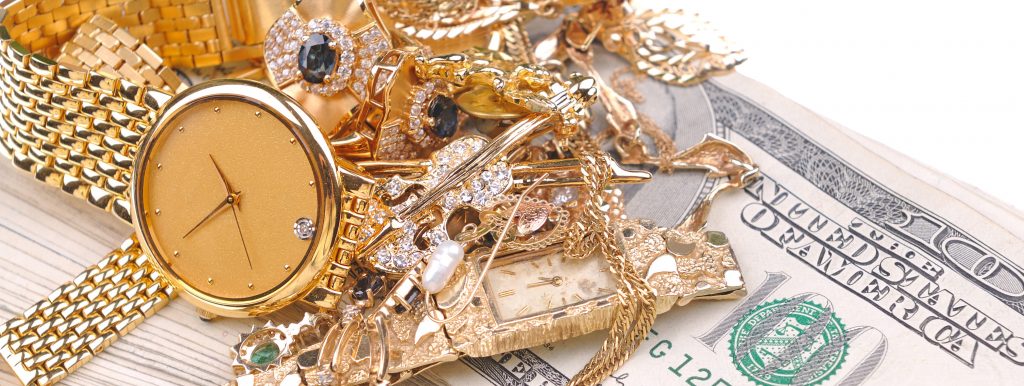Securing Precious Metal Quality Via Effective Validation Processes
Securing Precious Metal Quality Via Effective Validation Processes
Blog Article
Gold is one of the most sought-after valuable metals in the global market. Its worth is not only based on its aesthetic appeal but also on its scarcity and the various applications it has in different sectors. However, ensuring the standard of gold is crucial for purchasers and sellers alike. This is where efficient verification practices come into effect. Certification aids to verify the fineness and authenticity of gold, providing both consumers and investors confidence in their acquisitions.
The process of validating gold involves several steps. Initially, the gold must be tested for its fineness, which is usually measured in carats. Pure gold is 24 karats, but gold is frequently mixed with additional metals to improve its durability and look. Testing can be conducted through various techniques, such as acid tests or X-ray spectroscopy, which provide precise readings of the gold content. Once the testing is finished, a certification body can provide a report that confirms the gold's standard, guaranteeing that purchasers know exactly what they are getting.
Certification not only safeguards consumers but also helps maintain the credibility of the gold market. Trusted certification bodies establish strict standards that gold must meet before it can be validated. These standards include responsible sourcing, meaning that the gold should be obtained in a way that does not harm the ecosystem or unfairly use workers. By adhering to these standards, certified gold promotes responsible mining methods and advocates for sustainability in the certified gold dealers industry.
Another important aspect of gold certification is tracking. Many buyers today are interested in knowing where their gold comes from and how it was produced. Certification practices often include a tracking system that tracks the gold from mine to consumer. This clarity is essential in establishing trust between purchasers and sellers. When consumers know the origin of their gold, they can make informed decisions, and this can lead see post to increased demand for ethically sourced goods.
In conclusion, effective certification methods play a critical role in ensuring gold standard. They provide confidence to consumers about the purity and genuineness of their acquisitions, while also encouraging responsible and eco-friendly practices within the gold sector. As the interest for gold continues to grow, maintaining high standards through certification will be crucial for building trust and integrity in the market. By backing certified gold, buyers can aid to a more ethical and transparent industry.